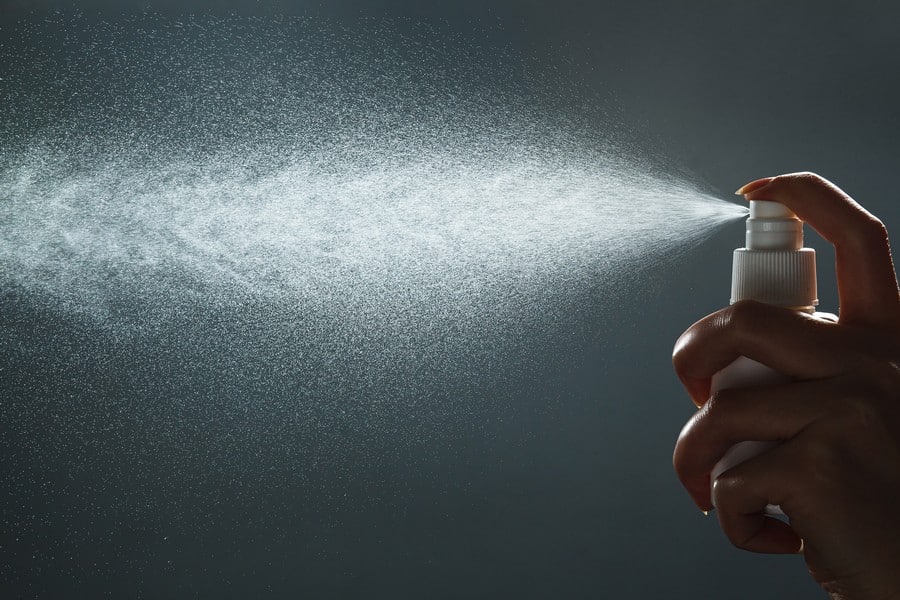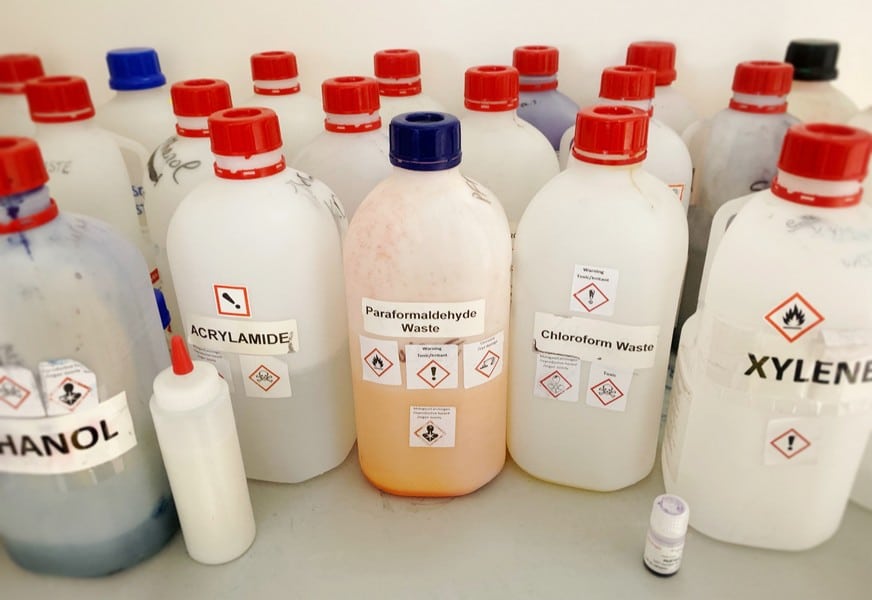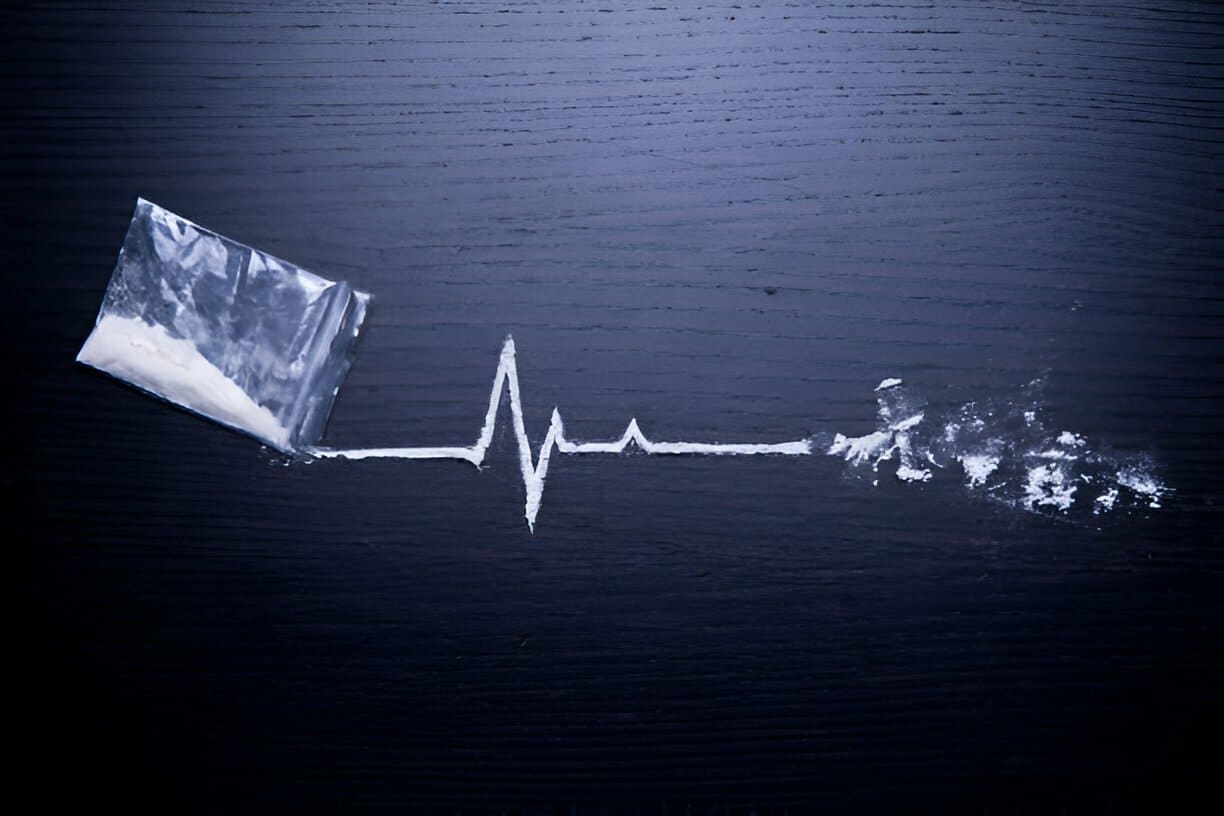Inhalant substances are chemicals found in solvents, aerosols, gases, and nitrates. These compounds have mind-altering effects when inhaled. Gasoline, paint, glue, household cleansers, nitrous oxide, and even hairspray are all examples of inhalants. Inhalant adverse effects differ based on the type of inhalant taken.

Young people are more likely to use inhalant drugs than older people because they are easier to obtain than most other drugs. Inhalant experimentation is very popular among middle and high school pupils. This is especially true for ordinary home chemicals that can be obtained without being spotted.
Although inhalants are regarded as an introductory drug that may lead to experimentation with or without the use of other narcotics, this does not minimise the dangers of inhalant use. Abuse can result in long-term consequences such as brain damage, organ failure, coma, and even death.
If your loved one needs support dealing with an Alcohol Addiction, contact us today on 0800 999 1083. We can help you by recommending treatment options.
The nose or the mouth can inhale inhalants. This can be accomplished in a variety of ways, such as:
From nitrous oxide to hairspray, the term inhalants refers to a broad spectrum of harmful and addicting compounds. Some inhalants are prescription medications, but many are everyday household items that contain intoxicating compounds that can be abused for a short-term high. These substances are exceedingly hazardous and perhaps fatal. Inhalants include the following:
Glue, lighter fluid, felt-tip pens, paint thinners, or dry-cleaning fluids are examples of substances that turn into vapour or gas at room temperature.
Examples:
Deodorants, insect repellents, hair sprays, and cooking oil sprays are all examples of sprays.
Examples:
Nitrous oxide, which can be bought from dental supply stores or empty whipped cream canisters, is the most common, but propane tanks, lighters, and refrigerator canisters are also used.
Examples:
Isoamyl nitrite, isobutyl nitrite, or cyclohexyl nitrite are all nitrates commonly used in medical operations or to relieve chest aches.
Examples:
People looking for a quick ‘high’ often turn to readily available home goods because illicit narcotics can be expensive and difficult to obtain. Certain toxic fumes have an anaesthetic-like effect when inhaled. Hundreds of users have been admitted to hospitals and clinics as a result of this action, often known as ‘huffing,’ which has become a serious worry due to its negative side effects.
Continuous huffing, like with other addictive chemicals, can develop a dependency, which can lead to changes in the brain’s reward circuits as well as withdrawal symptoms. Because of the serious harm that inhalants may do to the body, recreational use of them is considered drug abuse which generally leads to dependence and posterior addiction.
Tolerance develops when your body begins to react differently to inhalants regularly. This indicates that your body has grown acclimated to the constant inhalation of chemicals. As a result, you’ll never be able to recreate the rush of your first time, when the experience was entirely new for you.
Because you’ll keep swallowing more substances to achieve the desired euphoric sensation, tolerance leads to addiction. Overdosing or somatic poisoning can occur if you inhale too much at once.
It is possible to die from using or abusing inhalants. Huffing or inhaling toxic chemicals like glue or correction fluid can be fatal the first time you inhale them or lead to serious issues later on.
In terms of what causes addiction in a specific person, addiction is still a poorly understood phenomenon. We still don’t understand why one individual develops an addiction while another, in similar circumstances, does not. Both hereditary and environmental variables are known to have a role in addiction development.
Fundamentally, no one who never uses inhalants will get addicted to them. Nevertheless, the more – and the more frequently – they are used, the more likely they are to become addicted. With those warnings in mind, below are some of the most prevalent inhalant addiction risk factors:
Addiction to inhalants, like many other mental and physical health illnesses, is caused by several factors. The following are some of the most common causes of ketamine addiction:
Genetics: how your body and brain react to substances is influenced by your inherited characteristics, which are encoded by your genes. These features can potentially speed up or slow down the evolution of an addiction illness.
Environment: Environmental factors such as access to healthcare, exposure to a peer group that tolerates or encourages drug usage, educational possibilities, the presence of drugs in the household, beliefs and attitudes, and their family’s drug use impact most people’s first use of drugs, as well as whether or not that use progresses into addiction.
Adolescent and young adult inhalant abuse are becoming more prevalent, particularly in developing countries. Because it is readily available and less expensive than other popular illicit narcotics, it is seen as a viable alternative to hard drugs by the younger generation in developing countries. It is, nonetheless, very frequent among teenagers in wealthy countries.
Inhalant use disorder commonly appears throughout adolescence. Because more prominent drugs overshadow it like cannabis and cocaine, it is often referred to as the “hidden drug pandemic.
Although inhalants aren’t immediately addictive, continuous use can lead to a substance use disorder. Inhalants are a psychoactive drug that alters the chemistry of the user’s brain, so if they’re used frequently, they’ll become progressively dependent on the drug to sustain the condition that their brain has been accustomed to.

Inhalants can also develop a behavioural or psychological addiction, which means that the user is addicted to the activity of using the drug and the high it produces rather than the substance itself. While there are no withdrawal symptoms when a behavioural addiction is stopped, it is still a dangerous addiction that requires treatment.
When a person develops a behavioural addiction to a drug like inhalants, cravings for the drug grow more frequent and intense. Many people will resort to drug-seeking and criminal activities to obtain more of the inhalants to which they are most addicted.
Users who are physically hooked to inhalant substances are frequently also psychologically addicted. When this happens, you’ll most likely need to undergo a medically supervised detoxification programme that includes counselling and group therapy.
Because most inhalants are CNS depressants, the symptoms of an inhalant “high” are comparable to those of alcohol or opioid intoxication. However, because nitrites are stimulants, they can create hallucinations or excitation in the same way cocaine does. The following are some of the most common indicators of inhalant abuse and addiction:
Physical withdrawal symptoms are common in inhalant addiction, but psychological withdrawal is more common. Inhalation withdrawal symptoms such as delusions or hallucinations are prevalent. You’re more likely to experience psychological distress during withdrawal if you’ve been misusing inhalants for a long time.
Physical withdrawal symptoms are less prevalent, but they can appear anywhere between six and 36 hours after the last use:
People who abuse inhalants run the risk of developing heart problems as a result of muscular exhaustion or tissue death. They can suffocate to death in extreme circumstances because inhalants are absorbed faster in the lungs than oxygen, eventually displacing all of the oxygen in the lungs. Sudden heart failure induced by inhalant misuse is known as “sudden sniffing death syndrome,” and it can affect new inhalers.
Heart function, breathing, and other critical physiological functions can stop if inhalant chemicals build up in the brain, resulting in coma or death. Brain damage caused by the build-up of toxic substances can drastically diminish one’s quality of life and even lead to death.
In addition to the potential dangers associated with the intake of the chemical substance, each mode of administration has its own set of concerns. Suffocation and asphyxiation are risks associated with bagging, ballooning, and huffing, whereas chemical burns, choking, nausea, vomiting, and severe nosebleeds are risks related to sniffing, snorting, and spraying.
Chronic inhalant usage causes several severe and long-term adverse effects. While it is known that the use of glue and paint thinner can cause renal difficulties, other inhalant substances, such as solvents, have the potential to cause substantial liver damage. Long-term memory loss, reduced IQ, and jumbled thoughts are common side effects of inhalant drug use.
Other long-term adverse effects of inhalant misuse include:
Each form of inhalant comes with its unique set of long-term health hazards:
Sudden Sniffing Death Syndrome is a severe threat for those who use inhalants even once. This occurs when a user dies shortly after inhaling chemicals, and it can be caused by tachycardia (a rapid increase in heart rate) or the chemicals clogging the user’s airways and causing suffocation.
Inhalant abuse can lead to death in a variety of ways, including:
Those who are addicted to inhalants of any kind can quit their addiction. While some people require inpatient treatment, others may be able to overcome their addiction with outpatient counselling or group therapy.
Detoxification, counselling, and aftercare are all part of treatment programmes, and they assist the user in avoiding relapse or new addictions. Detoxification is the removal of toxic substances from the body. Some of those withdrawal symptoms include anxiety, irritability, exhaustion, insomnia, tremors, nausea, and vomiting. Patients may have hallucinations or delusions in some instances. These symptoms usually appear within 24 to 48 hours of the last substance usage and can linger for several days.
After the body has been cleansed of the substance, patients go to a personalised counselling programme tailored to their specific needs and the nature of their addiction. These programmes may include behavioural therapy, one-on-one counselling, group treatment, aftercare, completion of a 12-step programme, and ongoing counselling or group therapy.
Inhalant abuse is nearly entirely diagnosed based on a high suspicion index. The foundations of diagnosis include knowledge of usage history and a thorough physical examination.
Only a few scientific tests are effective in detecting inhalant abuse. One suggested approach for diagnosing acute inhalant intoxication is a full blood count, electrolyte measurement, and calcium and phosphorus values.
Don’t go through the process of recovery alone. Treatment providers can answer your questions. Get in touch with one today.
Call 0800 999 1083 today!
Inpatient Treatment Programs keep you away from enabling friends and situations, allowing you to heal in a secure environment. You may be required to stay in a rehabilitation facility for some time and go through a difficult adjustment period. However, because it allows patients to focus entirely on their rehabilitation, this type of treatment is one of the most effective.
When you enrol in an outpatient treatment programme, your care and assistance will take place outside of a traditional clinical setting. You will be expected to manage your sobriety independently in outpatient therapy because there are fewer rigid schedules. You also have more freedom because you can continue working or attending to your obligations. This may also expose you to frequent temptations and enablers because you keep your life outside the treatment sessions.
While there aren’t any medications expressly designed to help people recover from inhalant misuse, there are some that can support the process.
Antidepressants for anxiety and depression, anti-emetics for nausea and vomiting, sleeping drugs for sleeplessness, and anti-seizure medications for tremors and shaking may be recommended to those experiencing severe withdrawal symptoms. Following detoxification, some individuals may continue to experience anxiety and depression, and those who do may be offered suitable drugs.
In addition to drugs used to treat withdrawal symptoms, many persons suffering from inhalant addiction have long-term health problems as a result of their substance abuse problem. Depending on their unique circumstances, those who do may be prescribed treatments ranging from heart meds to anti-seizure medications.
Rehab is the starting point for effective addiction treatment. Various programmes are used in different treatment facilities throughout the United Kingdom. It’s critical to pick one based on accreditation, therapy technique, and overall comfort. If you choose an inpatient care facility, you will most likely be a resident for at least 30 days. Outpatient rehab treatment is for patients who want to continue their treatment at home instead of going to a facility full-time.

Treatment therapies for addiction range from therapeutic procedures like Cognitive Behavioural Therapy to aversion strategies. In addition, there will be one-on-one sessions with a professional as well as group therapy sessions with other patients. Gym exercises, meditation, animal therapy, acupuncture, and other alternative therapies may be included in the programmes.
You will be released back into society as a sober person at the end of this period. However, treatment does not finish when you check out. There are additional follow-up programmes to help you avoid relapses, such as self-help groups and aftercare counselling.

BACP accredited psychotherapist with 16 years experience working in mental health specialising in psychodynamic person-centred therapies treating those with a range of mental health disorders including anxiety, depression, OCD and Addiction.

Fill in your details and we’ll send you a message via SMS.

No matter where you live, there are drug and alcohol rehab options for you to discover. Treatment providers are waiting to answer your questions. Get started today.

Ever felt that gnawing ache or burning sensation in your gut after a night of drinks? You’re not alone. Stomach pain after drinking is a common complaint, and there are a few reasons why it might happen. Let’s delve into the science behind the discomfort and explore ways to soothe your stomach. The Irritating Truth: … Continued

Cocaine, a stimulant known for its short-lived burst of energy and euphoria, hides a dark side. Behind the initial high lies a dangerous potential for overdose, with severe health consequences and even death. This article delves into the world of cocaine overdose, equipping you with the knowledge to recognize the signs, understand the dangers, and … Continued

Adult smoking habits in the UK refer to how often and in what ways people aged 18 and above use tobacco. This includes everything from smoking cigarettes every day to occasionally lighting up, as well as using other tobacco products. Understanding these habits is important for several reasons: Public Health: Smoking causes many diseases that … Continued

Addiction in the UK is a complex issue that is connected to various aspects of society such as healthcare and law enforcement. It affects people from all backgrounds and has negative impacts on families, communities, and the entire nation. Understanding addiction involves not only looking at the uncontrollable use of substances and repetitive behaviors but … Continued

Don’t go through the process of recovery alone. Treatment providers can answer your questions. Get in touch with one today.
Call 0800 999 1083 today!








